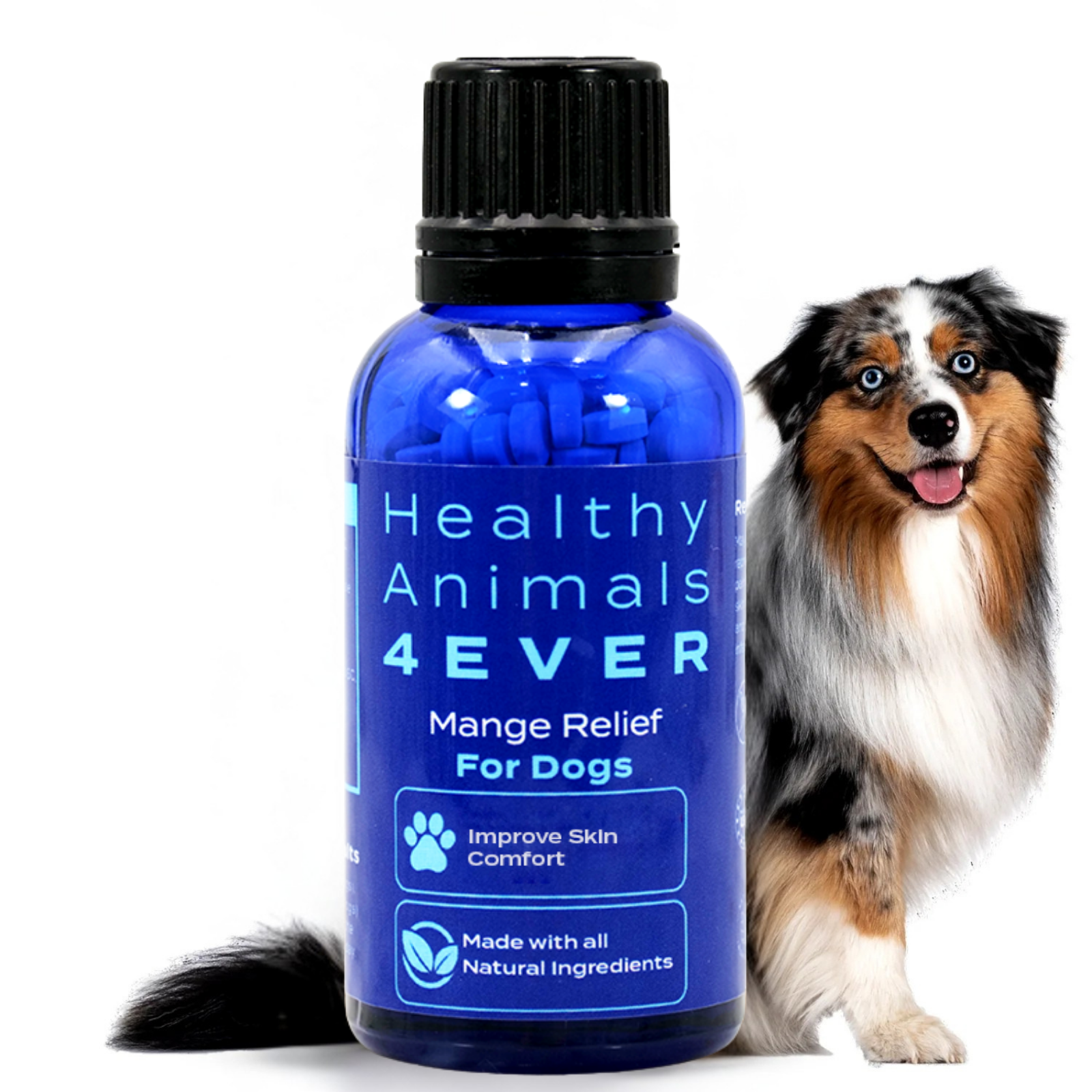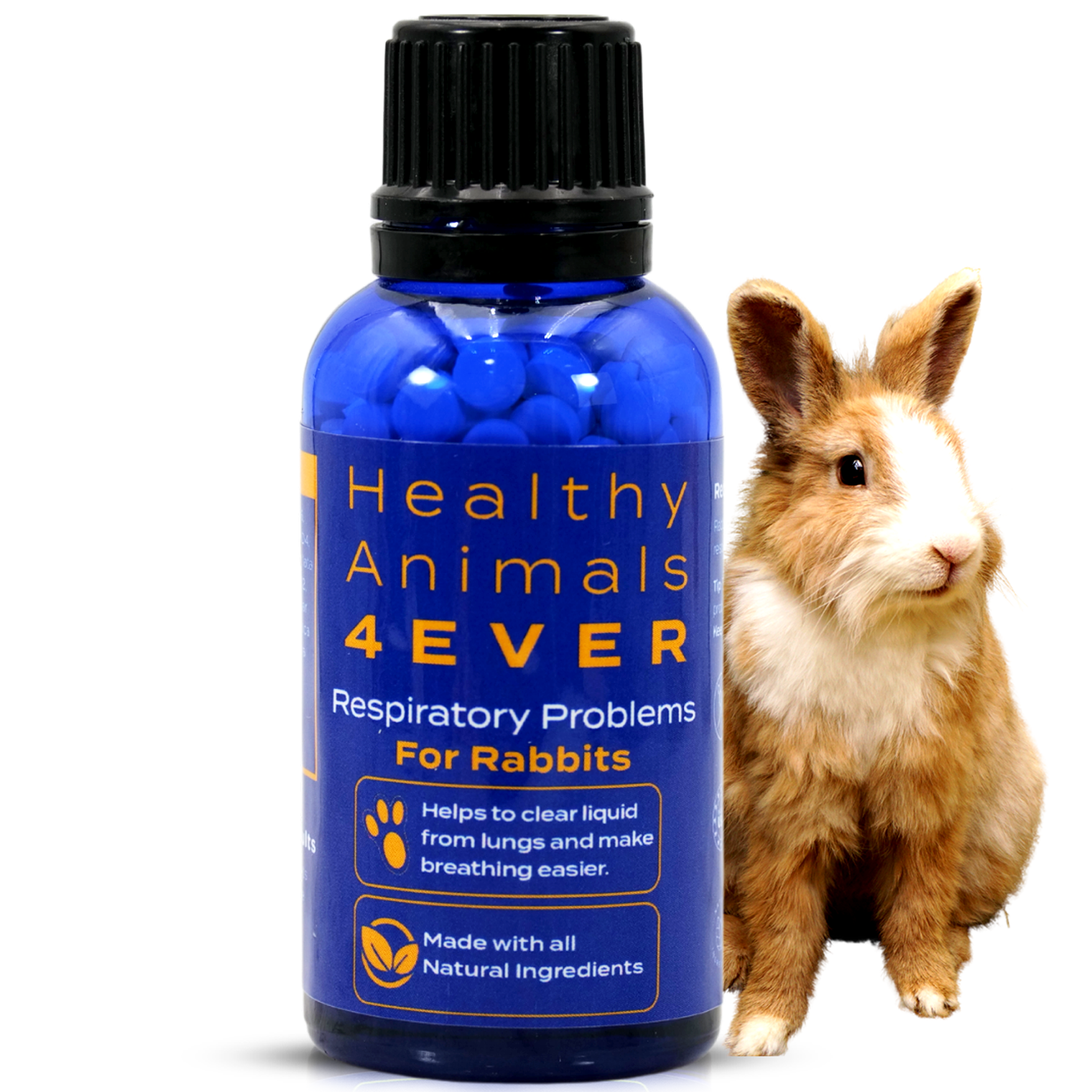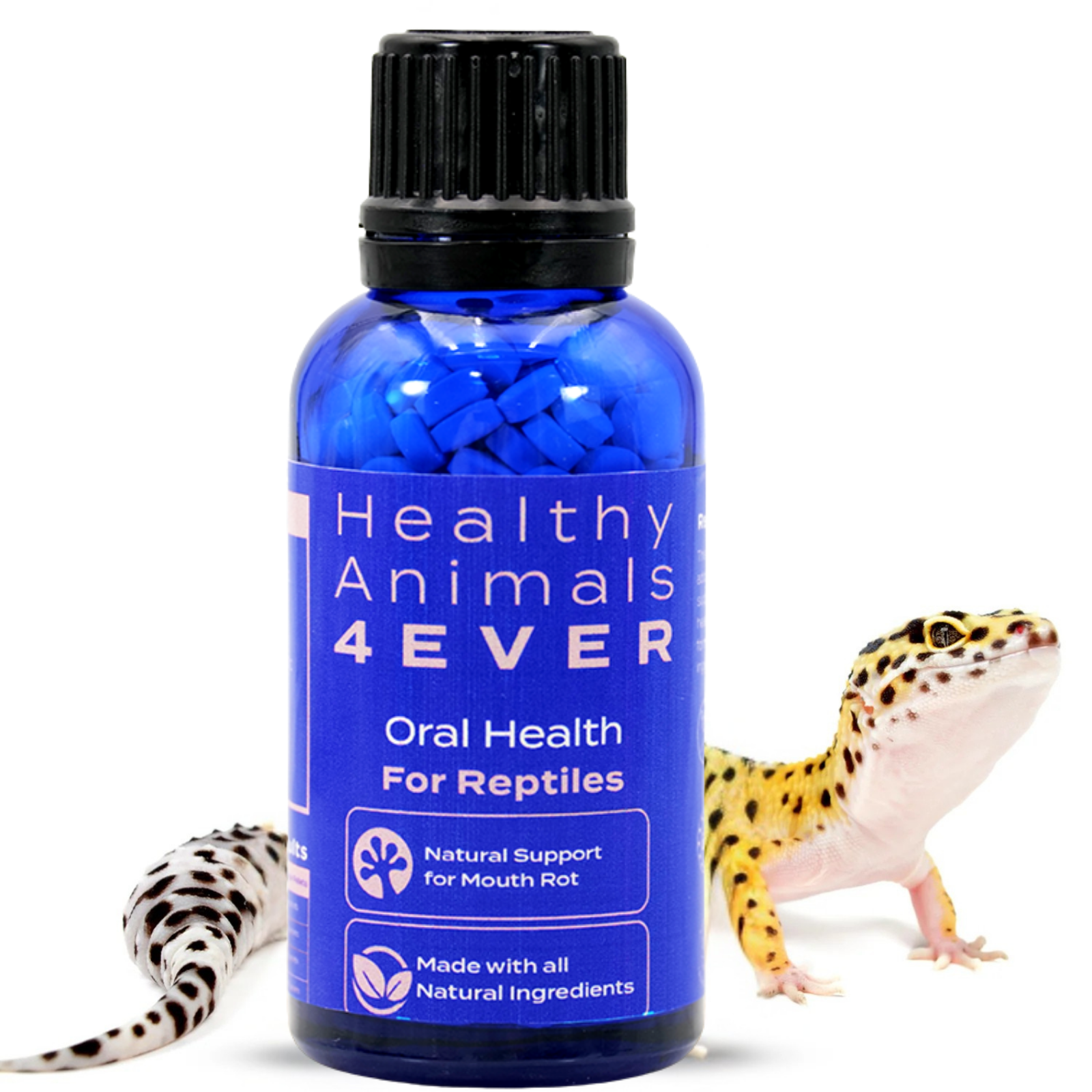Top Natural Flea and Tick Prevention Tips for Pets This Fall
When fall comes, it's easy to get swept up in the season's beauty—the cooler weather, changing leaves, and cozy vibes. But, for pet owners, fall can also bring the annoyance of fleas and ticks still hanging around, looking for a warm spot as it gets colder. If you're not into using strong chemicals or standard treatments, there are plenty of natural ways to keep these pests away. From herbal sprays and essential oils to home remedies and good old-fashioned grooming, many simple and effective methods exist to protect your pet without the harsh stuff. Let's look at some practical tips to keep fleas and ticks away naturally so you and your pet can enjoy the season without the itch or worry.

Importance of Flea and Tick Prevention
One of the easiest things you can do is keep your home clean. Fleas and ticks love warm, damp places and hide in clutter. Regular vacuuming, especially in spots where your pet likes to hang out, can help a lot. Fleas often lay eggs in carpets, bedding, and furniture, so vacuuming these areas at least once a week can reduce the chance of an infestation. Be sure to empty the vacuum bag or canister outside right away so you don't bring those little pests back into the house. Washing your pet's bedding in hot water regularly also helps kill any eggs or larvae that might be lingering.
Keeping your yard in good shape can also make a big difference. Fleas and ticks love tall grass, piles of leaves, and damp, shady spots. Keeping your lawn trimmed and raking leaves can reduce their hiding places. If you have bushes or shrubs, keep them trimmed back from paths or the spots your pets like to explore. This reduces the chance of ticks jumping onto your pet as they pass by. You can also try adding cedar chips around the edges of your yard or in garden beds. Fleas and ticks don't like the smell of cedar, which can help keep them away.
Checking your pet often is another simple, effective method. After they've been outside, especially if you've been hiking or in wooded areas, give them a good once-over. Run your hands through their fur and check common spots where ticks like to hide: around the ears, under the collar, between the toes, and in the groin area. If you catch a flea or tick early, it's much easier to deal with before it becomes a bigger issue. If you find a tick, remove it carefully with tweezers or a tick-removal tool, ensuring you get the head out. Clean the area with a bit of antiseptic afterward.
Skin allergy rash and irritations is a natural allergy remedy for all cats. It helps heal irritated & infected skin. It may provide relief from insect bites. Provides a calming effect. All-natural formula. Easy to use.
Diet tips
Some simple and natural options can make a difference if you're looking for ways to keep fleas and ticks off your pets through their diet. First off, garlic can be effective, but you need to be careful. Garlic has properties that fleas dislike, and a tiny amount mixed into your pet's food might help keep those pests away. For a medium-sized dog, just a small portion, like half a clove, is enough. It's important to use only a little bit because too much garlic can be harmful. Cats, however, should avoid garlic altogether, as it can upset their systems.
Apple cider vinegar is another good choice. It helps make your pet's skin less appealing to fleas. Add a small amount—about a teaspoon—into their water or food every few days. It's worth noting that cats can be more sensitive to changes in their diet, so be cautious with them.
Pumpkin seeds are also great for this. These seeds contain a compound called cucurbitacin that helps with parasites. Grind some raw pumpkin seeds and sprinkle them on your pet's food. They're safe for dogs and cats and can be a healthy addition to their diet.
Coconut oil is another option. It's packed with fatty acids that help keep your pet's skin and coat in good condition, making them less appealing to fleas. A small amount—about a teaspoon per 10 pounds of body weight—can be mixed into their food or given directly. It also makes their coat shiny and healthy.
Brewer's yeast is well-known as a flea repellent. It contains B vitamins that help keep your pet's coat healthy and make their skin less attractive to fleas and ticks. A little sprinkle of brewer's yeast on their food can help. Some people use it with garlic, but brewer's yeast alone can be effective if you're cautious about garlic.

Turmeric is another supplement to consider. It has anti-inflammatory properties and may help deter fleas. A small pinch mixed into their food can be beneficial. It's also good for their overall health, including their joints.
Fish oil, rich in omega-3 fatty acids, supports healthy skin and fur. This makes it harder for fleas to stick around. You can use fish oil in liquid form or as capsules. Most pets like the taste, but it's best to consult your vet for the right amount.
A balanced diet is key to keeping your pet's skin and coat healthy. Feeding them good-quality food with omega-3 and omega-6 fatty acids, like fish and lean meats, along with vegetables like sweet potatoes and carrots, supports their overall health and makes them less attractive to pests.
Herbal repellents
When keeping fleas and ticks off your pets in the fall, herbal repellents can be a great natural choice. These remedies use strong-smelling plants and oils to repel pests, making them less likely to jump on your pets. The nice thing about herbal repellents is that they're usually gentler than chemical options, and many can be made at home with simple ingredients. Here's how to use some of these natural herbs to help keep fleas and ticks away as the weather cools.
First, talk about essential oils, one of the most popular ways to use herbs to keep fleas and ticks away. Some essential oils are known for their bug-repelling properties. Oils like lavender, eucalyptus, peppermint, rosemary, and cedarwood are all great choices. These oils have strong scents that fleas and ticks hate, so they work well to keep them away. You can make a simple spray by mixing 10 to 15 drops of oil (or a mix) with water in a spray bottle. A bit of witch hazel or apple cider vinegar can help the oil blend better with the water. Give it a good shake, and then lightly spray it on your pet's coat before they go outside, avoiding their face. You can also spray it on their bedding or around areas where they like to hang out.
Sneezing and wheezing due to allergy is a natural support for wheezing, breathing difficulties, cough, and fatigue in dogs. It helps decrease allergy intensity and prevent lung damage. All-natural formula. Easy to use.
Another way to use essential oils is to make a herbal collar. You can take a plain cotton or fabric collar and soak it in water and a few drops of essential oils. Let it dry completely before putting it on your pet. This can help keep the fleas and ticks away while your pet is out and about. The scent will fade over time, so you might need to add more oils every few days to keep it working. Remember that not all essential oils are safe for pets, especially cats, who can be sensitive to certain oils like tea tree or eucalyptus. Always check with your vet and test a small spot on your pet's skin first to ensure no reaction.
You can use fresh or dried herbs directly if you prefer a simpler method. Herbs like rosemary, mint, and lavender can be made into little sachets or bundles that you can tuck into your pet's bedding or place in areas where they spend a lot of time. These herbs have strong smells that pests do not like and are also safe for pets. You can even boil these herbs to make tea, let it cool, and use it as a rinse after your pet's bath. This can leave a pleasant scent that deters pests without any harsh chemicals.
Rosemary is especially good if you want to make a flea dip for your dog. Boil a few cups of fresh rosemary in water, let it sit until it cools, and then strain it. Pour it over your dog, letting their fur soak up the natural oils. Don't rinse it off; just let them air dry. This is an excellent natural flea repellent that makes their coat smell nice. Again, be careful with cats or smaller pets, and always ensure your use is safe for them.
Cedar is another herb that works well for repelling fleas and ticks. Fleas, in particular, don't like the smell of cedar. Cedarwood oil can be used in sprays, or you can buy cedar-filled bedding or cedar chips to place around your home or yard. If you're using cedar chips, be sure they are in places where your pets won't eat them, as swallowing too much could be harmful. However, cedar is generally a natural way to keep these pests away.
Lemongrass is another helpful herb to consider. Lemongrass oil can be diluted and used in sprays or collars to help repel fleas. It has a fresh citrus smell that we like, but pests don't. You can even plant lemongrass in your garden or yard to help keep fleas and ticks from coming near the house. The same goes for other herbs like mint and pennyroyal. Mint is easy to grow and has a strong smell that fleas dislike, while pennyroyal is very strong at repelling fleas—though you should use it carefully since it can be harmful if ingested by pets in large amounts.

Another natural option is diatomaceous earth, a fine powder from fossilized algae. It's safe for pets and people but is deadly for fleas. When sprinkled around your home or yard, it cuts into the fleas' and ticks' outer shells, causing them to dry out and die. You can lightly dust it on carpets, pet bedding, or even directly on your pet's fur—just be sure to use food-grade diatomaceous earth and avoid getting it in their eyes or nose. Leave it for a few hours or overnight, then vacuum it up.
If you're looking for an all-in-one solution, herbal flea powders combine several ingredients. They often include a mix of herbs like neem, eucalyptus, rosemary, and peppermint. You can sprinkle these powders directly onto your pet's coat, around their bedding, or where fleas might be hiding. These powders not only repel fleas and ticks but can also help eliminate any that might already be there.
Overall, herbal repellents can be a great, natural way to keep fleas and ticks away from your pets during the fall. It's about finding the right mix for you and your pet. Always check with your vet before trying new remedies, especially if your pet has health issues or if you're unsure about the safety of a specific herb or essential oil.
Homeopathic Remedies
If you're considering trying homeopathy to keep fleas and ticks away from your pets this fall, you're looking at a gentle and natural way to do it. Homeopathy uses highly diluted natural substances to help the body heal itself, and some remedies are thought to help with fleas and ticks. Like any natural remedy, it's good to know a bit about how these homeopathic options work, what they can do, and what to keep in mind.

Fortress metabolic strengthing is a strengthening formula for your cat's metabolic system. Promotes the healthy functioning of the liver. Natural support for parasite cleansing & may help with die-off symptoms. All-natural formula. Safe and easy to use.
One of the main ideas behind homeopathy is that it helps boost your pet's natural defenses. With fleas and ticks, instead of directly killing them, the idea is to make your pet less appealing to them. If your pet's health is balanced, they're less likely to be bothered by these pests. For example, a remedy like Sulphur is often used to help with skin issues, itching, or irritation, which are common signs of a flea problem. Some believe it can also help make the skin less attractive to fleas and ticks. Depending on your pet's needs, you would usually use it in a low strength, like 6C or 30C, maybe once a day or every few days.
Another common remedy is Psorinum. This is often considered when a pet is prone to flea problems or easily gets itchy, sensitive skin. Psorinum is used to help improve the pet's overall skin health and immune response. Some people use it to prevent fleas and ticks, thinking of it as a way to "strengthen" their pet against these pests. This remedy, like most homeopathic ones, comes in different strengths. For prevention, a lower strength, like 30C, is usually what people start with, and they give it once a week or so during the season.
Ledum palustre is another remedy often mentioned when it comes to flea and tick prevention. It's commonly used for puncture wounds and bites, which makes it a good fit for dealing with tick bites. Some pet owners use Ledum after finding a tick on their pet, but it's also used to help keep ticks from latching on in the first place. The idea is that Ledum helps lessen the effects of a bite and can act as a bit of a deterrent.
There's also Nux vomica, a remedy that comes up quite often when talking about pets who might react to fleas or other skin irritants. If your pet has gotten into something they shouldn't have or has a bit of an upset system, Nux vomica can help calm things down. For fleas, some use it to help with pets who seem to be in a constant state of discomfort or stress, making them more prone to fleas and ticks.
It's important to remember that homeopathic remedies should be given sparingly. Unlike regular medicine, where you might give a treatment daily or more often, homeopathy focuses on giving the least amount needed to see a change. You would give a remedy, watch for improvement, and only give another dose if the symptoms return or you feel it's needed again. It's all about finding that balance where the body starts to respond on its own.
foto
When trying any homeopathic remedy, it's best to consult a holistic vet or someone experienced in homeopathy for animals. They can help guide you on the right strength and dosing schedule for your pet's needs. Also, remember that while homeopathy is safe when used correctly, every pet is different. If you notice anything unusual or your pet's symptoms worsen, it's always best to stop and check with a vet.
The Bottom Line
So, there you have it—some natural ways to keep fleas and ticks off your pet as fall comes. Many options don't rely on strong chemicals, whether using herbal sprays, essential oils, regular grooming, or adding certain foods and supplements to their diet. The key is to find a mix that works best for your pet and stick with it. Monitor your pet, check for any signs of these critters regularly, and adjust your approach as needed. You can keep your pet happy, healthy, and itch-free all season long with effort and care.










